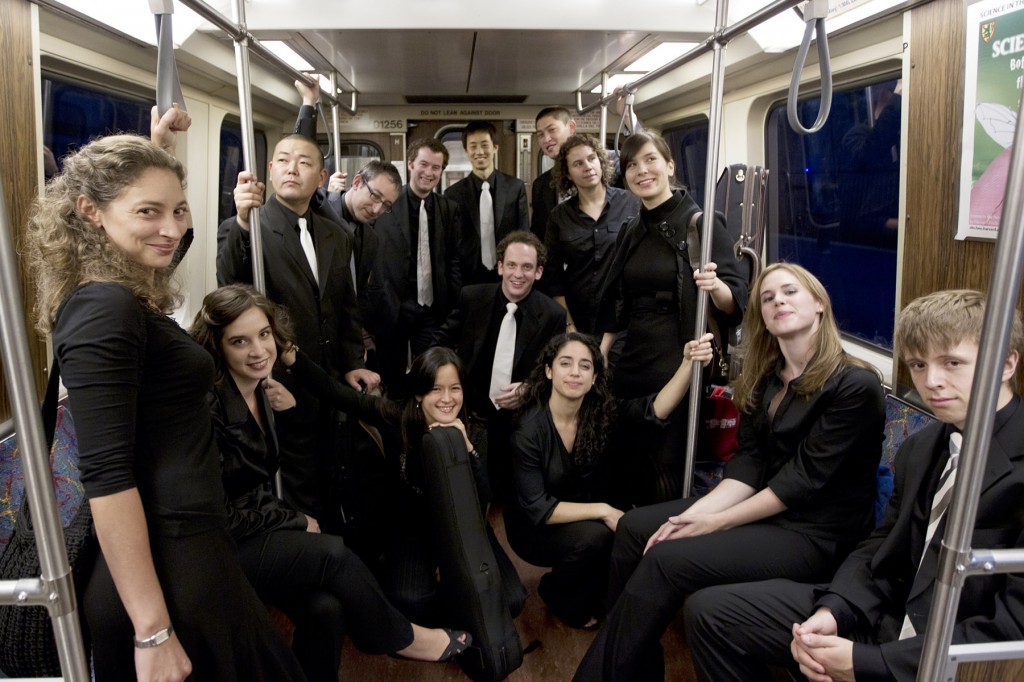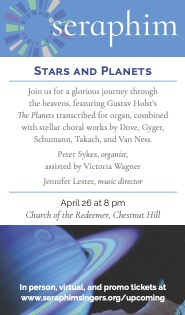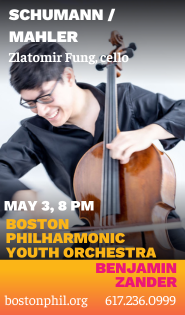A Far Cry gets up close and personal at Jordan Hall
Its name notwithstanding, the chamber ensemble A Far Cry listened to its inner voice Friday night as it offered music of meditative character for strings in New England Conservatory’s Jordan Hall.
In comments from the stage, Sarah Darling, a violist with the group, described the program, titled “The Mind’s Eye,” as “an intense evening of introspection,” and the ensuing performances bore her out.
Heinrich Biber’s Mystery Sonatas for unaccompanied violin—so named because they contemplate the holy mysteries of the Catholic rosary—are among the earliest and most expressive predecessors of Bach’s great works for that instrument. Performing the Passacaglia from that set, A Far Cry used not one violinist but eight to get inside the polyphony and show it in “exploded view,” so to speak.
The ground bass, a simple four-note descending minor scale, repeated continuously throughout the piece, a hypnotic mantra for a minimalist meditation. The individual sound of each instrument, and the personality of each player, gave the music an extra dimension as the violinists exchanged themes and fragments of themes.
Fantastic variations, figurations, and harmonic explorations blossomed amid textures ranging from a single violin line to colorful polyphony to all eight players in full-throated unison—all, it appeared, without adding a note to Biber’s score.
The group then turned from their own version of Biber to Prokofiev via Rudolf Barshai, the Soviet-era violinist whose arrangements greatly enriched the string-ensemble repertoire. Visions fugitives, Op. 22, a collection of miniatures originally for piano solo, represents the fanciful-lyrical Prokofiev of the ballets and the “Classical” Symphony rather than the dish-breaking bad boy of the piano sonatas and the Scythian Suite.
For this and subsequent numbers on the program, the string ensemble swelled to 18 players, including two double basses, whose room-filling sound provided the most solid of foundations. The selection of 15 pieces from Prokofiev’s set began with one marked Lentement whose tender inflections and phrases welling up like tears left one disbelieving that this piece had been composed for anything other than strings. Associations with Ravel’s Mother Goose came to mind even before one noticed that this was the only piece of the 15 with a tempo marking in French.
Throughout the set, the players vividly realized Barshai’s string sonorities, using bowing techniques unavailable on the piano to take this music to a different sound world. Overall, the selection of pieces progressed from subtle and epigrammatic to more assertive marches and scherzos, but it closed with perhaps the most fleeting vision of all, a cool lament marked Dolente, which eventually vanished amid the ghostly sound of soft tremolos sul ponticello.
Following the intermission, the egalitarian musical collective welcomed an authentic string star into its midst, as violist Kim Kashkashian took the lead role in Alfred Schnittke’s Monologue for Viola and Strings. Composed in 1989 for the eminent Russian violist Yuri Bashmet, this music coincided with political disintegration in the Soviet Union, but seemed to probe much more personal feelings about hopelessness and fear of death.
Schnittke’s one-movement piece was unremittingly dark, but hardly monochromatic. In her opening solo, Kashkashian’s tone ranged from limp and wan to robust; the ensemble’s interjections were touched with dance rhythm at times, and grew steadily in passion.
Indeed, Kashkashian’s commanding technique and personality—all right, star power—seemed to produce not so much a thoughtful monologue as a dynamic, concerto-style dialogue with the other players. Like the composer, who was often in hot water with Soviet authorities, Kashkashian was unafraid to take risks, even misplaying a note occasionally as she hurled herself into the score. It made for a thrilling performance, quite in keeping with the music if not the title.
Still, as violist Darling remarked, music by Bach was needed at this point for “healing” from Schnittke’s despair. Like the Russian composer in his Monologue, Bach was near the end of his life when he compiled The Musical Offering for King Frederick the Great, but the culminating Ricercar a 6 from that collection is as serene as Schnittke’s work is anguished.
The term ricercar, a cognate of the word “research,” denotes a particularly learned fugue, and 6 voices is a lot of contrapuntal balls to keep in the air at one time, even without the harmonic complications implied in the diabolically chromatic fugue subject the king put to the composer.
The miracle of Bach’s richly expressive, many-sided solution to the king’s riddle was fully on display in Friday’s performance. Moving at a leisurely but steady tempo, the string lines swelled, tapered, and intertwined through knotty fugal passages before stepping out onto sunlit heights in the major-key episodes, all firmly supported by the organ-pedal sound of the double basses.
As it turned out, those basses had more work to do at the concert’s close, toting their instruments back and forth as the modest-sized but enthusiastic audience repeatedly called the 18 players back to the stage to be thanked outwardly for an exceptional evening of inner-directed music.
The next performances of A Far Cry will be a program titled “Cries,” 4 p.m. Saturday, May 10 at St. John’s Church (afarcry.org; 617-553-4887) and 1:30 p.m. Sunday, May 11 at the Isabella Stewart Gardner Museum (gardnermuseum.org; 617-278-5156).
Posted in Performances




